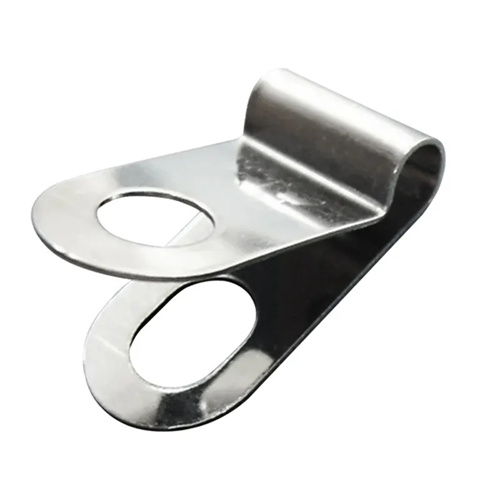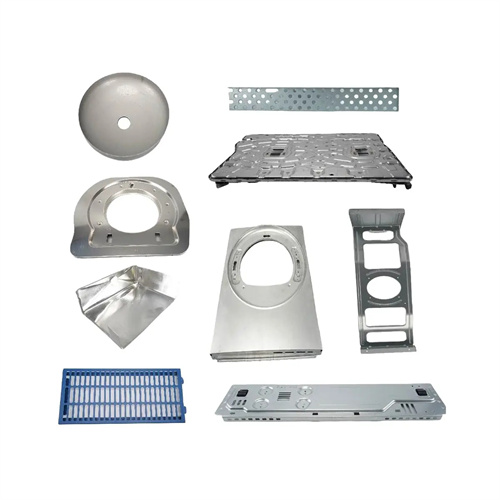Cold rolled ribbed steel bars
Cold-rolled ribbed steel bars are a type of steel product with ribs uniformly distributed along their length, formed through a cold-rolling process. They feature high strength, good plasticity, and excellent bonding with concrete, making them widely used in construction projects. Compared to hot-rolled steel bars, cold-rolled ribbed steel bars exhibit significantly higher yield strength and tensile strength, typically increasing by more than 50%. This allows them to reduce the amount of steel required and lower project costs while maintaining the same load-bearing requirements. The ribbed design significantly enhances the mechanical bond with concrete, effectively preventing relative slip between the steel and concrete, and improving the integrity and safety of reinforced concrete structures. Furthermore, cold-rolled ribbed steel bars offer high dimensional accuracy, excellent surface quality, and ease of processing and installation, making them an ideal load-bearing reinforcement material for modern building structures.

The production process of cold-rolled ribbed rebar primarily involves raw material preparation, cold rolling, and cutting to length. The entire process takes place at room temperature, eliminating the need for high-temperature heating, making it an energy-efficient process. First, high-quality hot-rolled wire rod is selected as the raw material. The material is typically low-carbon or low-alloy steel, such as Q235 or HRB400. The raw material undergoes rigorous quality inspection to ensure that its chemical composition, mechanical properties, and surface quality meet the required standards. The hot-rolled wire rod then enters the cold rolling mill, where it is rolled through a series of rollers of varying specifications. While being rolled to the desired diameter, the rollers’ surface patterns create evenly distributed ribs. During the cold rolling process, the internal structure of the rebar undergoes plastic deformation, elongating and refining the grain size. This creates a work-hardening effect, significantly increasing the strength of the rebar. After rolling, the rebar is cut to the desired length using cutting equipment. Finally, it is packaged and quality-tested to ensure compliance with relevant standards.

Cold-rolled ribbed steel bars are widely used in construction projects, especially for small and medium-sized concrete structures and components. In civil buildings, they are often used for the reinforcement of components such as floor slabs, walls, beams and columns. For example, the load-bearing and distribution steel bars of cast-in-place concrete floor slabs can effectively improve the load-bearing capacity and crack resistance of the floor slabs and reduce the occurrence of cracks. In the production of prefabricated components such as prefabricated panels, prefabricated beams, and prefabricated piles, cold-rolled ribbed steel bars are easy to process due to their high dimensional accuracy, which facilitates automated production and improves the production efficiency and quality stability of prefabricated components. In addition, in municipal engineering projects, such as the concrete reinforcement of structures such as roads, bridges, and culverts, cold-rolled ribbed steel bars also play an important role. Their high strength and good bonding properties can ensure the structural safety and service life of municipal facilities.

During the application of cold-rolled ribbed steel bars, some technical points need to be noted to ensure that their performance is fully utilized and the structure is safe. First of all, during the design and selection, the diameter, strength grade and rib type of the cold-rolled ribbed steel bars should be reasonably selected according to the stress conditions of the structure and the use environment to ensure that they meet the design requirements. During the construction process, the binding and installation of the steel bars should be carried out strictly in accordance with the specifications to ensure that the spacing of the steel bars, the thickness of the protective layer, etc. meet the design requirements to avoid affecting the structural performance due to improper construction. For areas with greater stress, attention should be paid to the connection method of the cold-rolled ribbed steel bars. Usually, binding lap joints or mechanical connections are used. Welded connections may affect the mechanical properties of the steel bars due to high temperature and should be used with caution. In addition, during the concrete pouring process, the vibrator should be prevented from directly colliding with the steel bars to prevent the steel bars from deforming or shifting, and to ensure that the steel bars play a normal stress-bearing role in the concrete structure.

With the continuous development and technological advancement of the construction industry, the production technology and product performance of cold-rolled ribbed steel bars are also constantly improving. To meet the requirements of higher strength and higher toughness, manufacturers are constantly developing new raw materials and rolling processes. For example, they use microalloying technology to improve the strength and toughness of steel bars, and optimize the roller design to improve the shape and distribution of the ribs on the surface of the steel bars, further improving the bonding performance with concrete. At the same time, to meet the requirements of green building and sustainable development, the production process of cold-rolled ribbed steel bars pays more attention to energy conservation and environmental protection, using high-efficiency and energy-saving rolling equipment to reduce energy consumption and pollutant emissions. In the future, with the rapid development of prefabricated buildings and lightweight steel structures, the market demand for cold-rolled ribbed steel bars will continue to grow, and its application areas will continue to expand, providing strong material support for the development of the construction industry.
